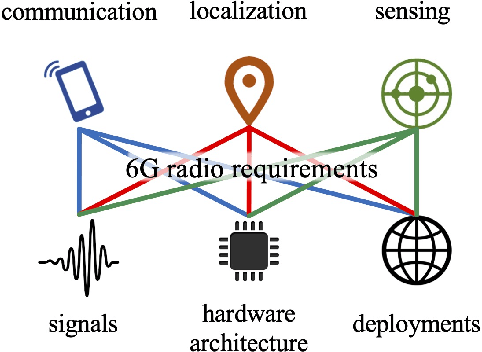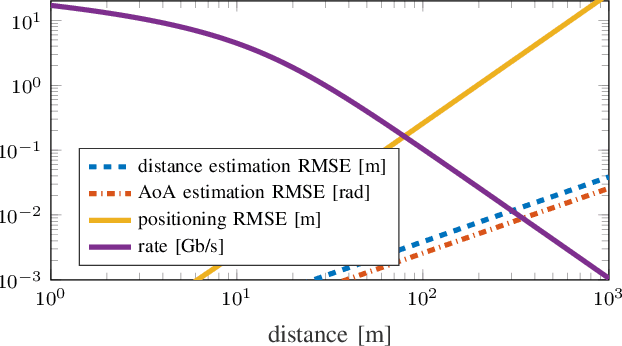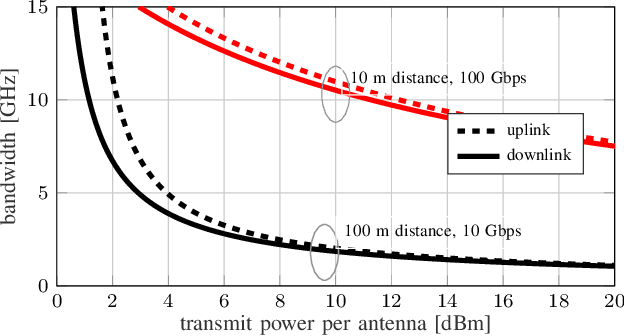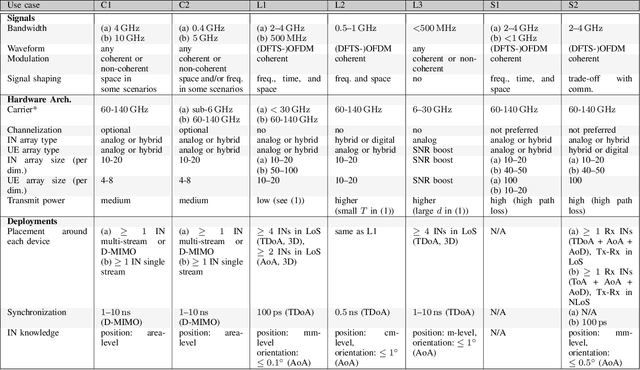Aarno Pärssinen
Waveforms for sub-THz 6G: Design Guidelines
Jun 15, 2023



Abstract:The projected sub-THz (100 - 300 GHz) part of the upcoming 6G standard will require a careful design of the waveform and choice of slot structure. Not only that the design of the physical layer for 6G will be driven by ambitious system performance requirements, but also hardware limitations, specific to sub-THz frequencies, pose a fundamental design constraint for the waveform. In this contribution, general guidelines for the waveform design are given, together with a non-exhaustive list of exemplary waveforms that can be used to meet the design requirements.
6G Radio Requirements to Support Integrated Communication, Localization, and Sensing
May 22, 2022



Abstract:6G will be characterized by extreme use cases, not only for communication, but also for localization, and sensing. The use cases can be directly mapped to requirements in terms of standard key performance indicators (KPIs), such as data rate, latency, or localization accuracy. The goal of this paper is to go one step further and map these standard KPIs to requirements on signals, on hardware architectures, and on deployments. Based on this, system solutions can be identified that can support several use cases simultaneously. Since there are several ways to meet the KPIs, there is no unique solution and preferable configurations will be discussed.
 Add to Chrome
Add to Chrome Add to Firefox
Add to Firefox Add to Edge
Add to Edge